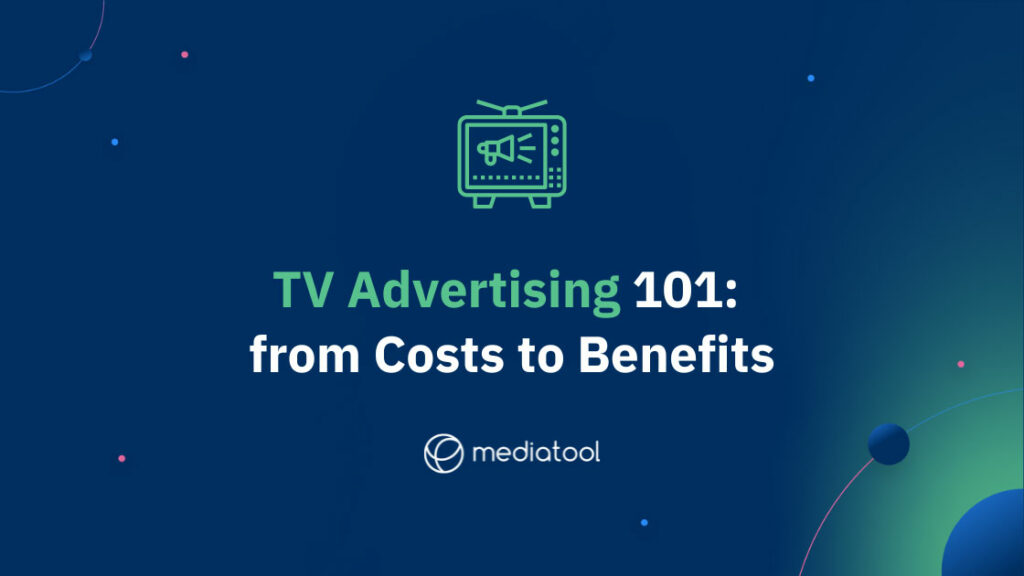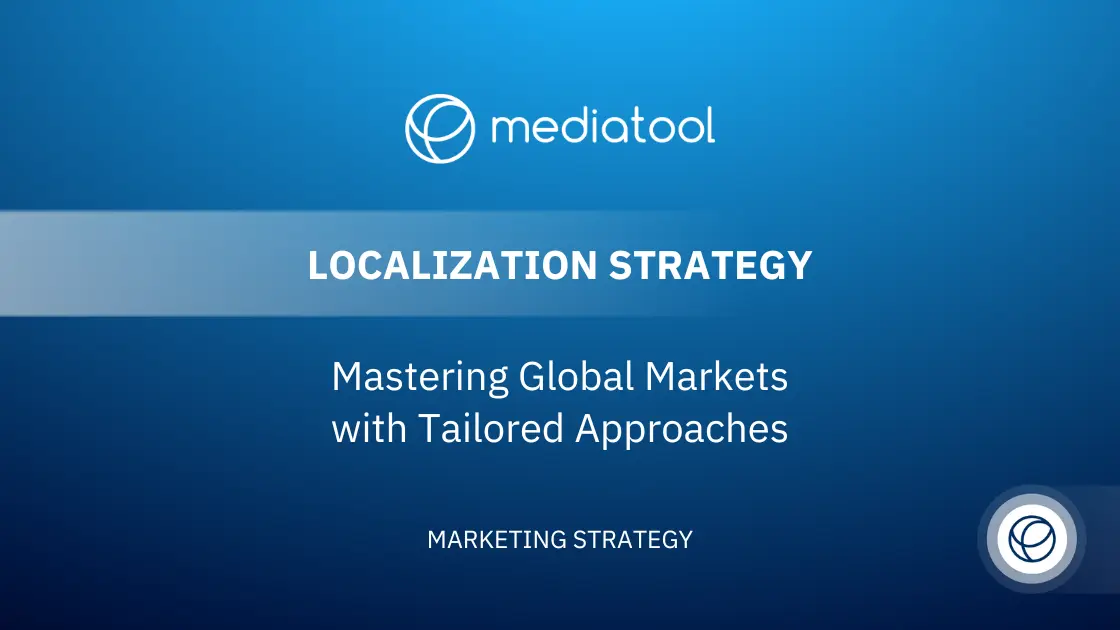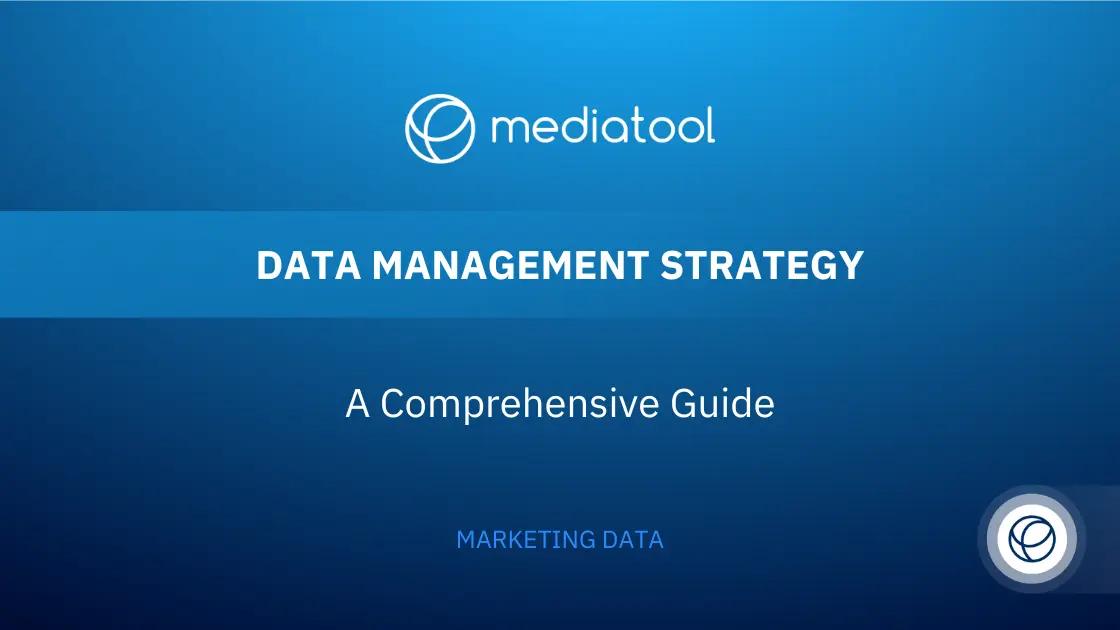Tv advertising is still considered to be a dynamic tool in the marketing mix. TV ads to target specific audiences with emotionally resonant messages, making them an important component of a successful campaign. Despite predictions of its decline, TV advertising remains robust, adapting to the digital era.
TV commercials cast a wide net, reaching a national audience. They excel in building brand awareness and brand loyalty by delivering memorable TV ads that resonate with viewers. Furthermore, TV advertisements can target specific audiences, making them an integral part of an advertising strategy. The integration of media and marketing software now allows for the amalgamation of TV advertising results with digital channels, enhancing the ability to measure and optimize ad campaigns effectively.
This article will explore various types of TV advertising, such as broadcast TV, streaming TV, and connected TV (CTV) advertising. We will delve into the advantages of TV commercials, including their ability to reach large audiences and convey strong brand messaging. Additionally, the article will discuss the costs associated with TV advertising campaigns and provide insights on how to measure their effectiveness, particularly in comparison with other marketing channels like digital advertising and streaming platforms. We’ll also touch upon how TV advertising works in tandem with streaming services and smart TVs to target specific audiences and drive website traffic, making it a versatile tool in the contemporary advertising landscape.
Read on to discover the types of TV advertising, their advantages, costs, and how to accurately measure results.
What Are the Types of TV Advertising?

TV Advertising: An Overview
TV advertising, an integral part of the marketing mix, takes two primary forms: broadcast TV and cable/satellite TV, each offering unique opportunities for impactful TV ads and commercials. Let’s delve into these two traditional TV advertising mediums.
Broadcast TV Advertising
Broadcast TV, accessible in most countries without cost, encompasses a range of well-known local and national channels. This form of television advertising is ideal for reaching a large TV audience, making broadcast TV ads particularly effective for brand awareness campaigns.
They offer advertisers the chance to create memorable TV ads that can be seen by millions, thus reaching a broad target audience. However, the nature of broadcast television means these TV advertisements are less targeted compared to other forms.
Cable/Satellite TV Advertising
On the other hand, cable/satellite TV, a paid service, provides more specialized channels, allowing for targeted advertising. This form of TV advertising enables advertisers to create TV commercials that resonate with specific demographics or interests, making it an effective tool for targeting specific audiences.
While the reach of cable or satellite TV ads may be narrower than broadcast TV, they offer the advantage of targeting particular viewer segments, which can be more cost-effective for certain TV advertising campaigns.
Strategic Importance in Advertising
Both forms are crucial in a well-rounded TV advertising strategy. Broadcast TV, with its wide reach, is suited for campaigns aiming for high visibility and brand messaging that resonates across a national audience. Cable/satellite TV, with its targeted approach, is ideal for advertisers aiming to reach particular groups or niche markets, often leading to more personalized and effective television commercials.
Whether through broadcast TV or cable/satellite TV, television advertising remains a powerful tool. Each offers distinct advantages, from reaching large TV audiences and building brand loyalty with broadcast TV ads to delivering targeted messages through cable/satellite TV commercials.
Integrating these forms of TV advertising into your marketing mix can lead to successful campaigns that effectively engage your desired audience.
TV Advertising Cost
TV Advertising Cost Factors
The cost of TV advertising varies significantly based on multiple factors, including the specific TV spot, channel selection, and the duration of the television commercial. These variables contribute to the wide range of prices for TV advertisements.
High-End TV Advertising: The Super Bowl Example
For top-tier advertising, such as a 30-second television ad during the Super Bowl, brands can achieve unparalleled exposure, reaching an audience of over 100 million. However, this level of brand visibility and prestige comes with a substantial cost—In 2023, the price for a 30-second TV advertisement aired during the Super Bowl soared to an unprecedented seven million U.S. dollars.
Affordable Options: Local and Satellite Channels
On the more affordable end, TV advertising rates on local broadcast TV and satellite channels can start from as low as $5 to $20. While these television commercials reach a smaller audience, they offer targeted advertising opportunities, making them ideal for reaching specific audiences and potential customers.
Production Costs of TV Commercials
Beyond the slot cost, there’s also the production cost of the TV commercial to consider. The average cost for producing a TV advertisement ranges between $1,500 to $20,000, though premium television ads can exceed $150,000. Some TV stations offer a value-added service of producing the TV ad at no additional charge if advertisers commit to a certain number of ad spots.
Strategic Considerations in TV Ad Campaigns

Incorporating TV ads into your advertising strategy, whether through traditional TV or connected TV (CTV) advertising, requires balancing these costs against the potential for brand awareness, brand loyalty, and audience engagement. This cost-benefit analysis is crucial for a successful campaign, especially when TV advertising is integrated with other marketing channels and digital advertising to maximize reach and impact.
TV advertising, from broadcast television to cable TV, remains a potent tool in the marketing mix. Understanding the cost structure and identifying the right mix of TV ads and commercials can help achieve desired outcomes, from boosting website traffic to enhancing brand messaging.
Advantages of TV Advertising
A carefully designed and well-placed TV ad can generate positive engagement among viewers and greatly improve market awareness. Below are the main advantages of TV advertising.
Multi-sensory media:
TV ads capture people’s attention with a powerful combination of sound and visual cues. Modern home entertainment systems that incorporate surround sound and a curved 4K screen give you the opportunity to connect with viewers through a highly engaging medium in their home.
Reach:
Although TV reaches the majority of people, it’s not necessarily a good use of your budget to aim your message at every man, woman, and child. A great advantage of TV advertising is you can carefully select market segments by age, nationality, gender, and even personal interests by choosing the exact channels and spots where you want your ad to air.
The ad:
TV advertising is an art and your creativity determines the success of your ad’s message. Apple’s now-famous 1984 ad used parallels with George Orwell’s classic dystopian novel to promote their original Macintosh computer.

Customer numbers surged in stores the day after it aired and in the three months following consumers purchased $155m. of Apple products. The marketing team initially dismissed the ad thinking it would be ineffective, which suggests it’s often well worth taking that extra creative leap. Not to mention, the ad aired just once during the Super Bowl; now that’s ROI!
Disadvantages of TV Advertising
Naturally there are a few drawbacks to TV advertising, the most common being budget constraints during production and campaigns. Most importantly, TV advertising is only as effective as the ad itself, so it is well worth doing your market research and getting creative to develop an ad that truly resonates with your target audience.
Viewer attention:
it’s unavoidable that viewers lose interest and turn to their smartphone or change channel. There’s a lot to compete against nowadays and this is why it is absolutely vital to get your core message across as simply and quickly as possible. On top of that, your core message must be carefully thought out and refined to have the best chances of success.
Ineffective targeting:
many TV ads are inefficient at engaging their intended audience or they fail to reach a defined number of viewers. Market research and media planning are essential to make sure your TV ad is tuned into your audience’s concerns and needs.
How to Measure TV Advertising Results
Complexity of Measuring TV Ad Effectiveness
Assessing the success of your TV advertising efforts is a nuanced process. TV ads, much like other advertising mediums, are designed for long-term impact rather than immediate results. However, by evaluating short-term metrics like reach and ratings within the context of your broader advertising strategy, you can gain insights into budget allocation and optimization opportunities for your TV ad campaigns.
Key Metrics for Measuring TV Advertising
- Reach: This metric represents the total number of television viewers. Reach can be further segmented into detailed viewer information such as demographics, gender, age, income, and even the type of TV set-top device used. It’s crucial for understanding the extent of your TV commercial’s audience.
- Gross Rating Points (GRP) / Target Rating Points (TRP): These points measure the combined impact of reach and the frequency at which an ad is viewed. One rating point equals one percent of the potential audience. For instance, a television advertisement with a 30 percent reach that is broadcast four times would have 120 GRP.
- Effective Points: This evaluates both the percentage of the potential audience that views your TV ad and the frequency of exposure. It helps in judging the quality of exposure. For example, a TV commercial viewed only once may have limited effectiveness, while one viewed excessively might lead to message saturation.
Incorporating TV Advertising Metrics into Strategy
Integrating these measurement methods into your overall marketing mix is vital. Understanding the reach and effectiveness of your TV ads allows you to tailor your approach for specific audiences, ensuring effective television advertisements. Whether you’re using traditional TV, streaming TV, or connected TV (CTV) advertising, these metrics provide a framework for assessing the success of your TV ad campaign.
Maximizing TV Advertising Effectiveness
The effectiveness of TV commercials is multi-dimensional, encompassing reach, viewer engagement, and frequency of exposure. These metrics are essential in creating memorable TV ads that resonate with target audiences, ultimately contributing to brand awareness, brand loyalty, and the overall success of your advertising strategy across various channels, including digital and traditional TV.
Media Planning Software Measures Your TV Advertising Results
Using a media planning tool like Mediatool enables you to analyze your TV ads and weigh them against your other marketing activities. Once you’ve inputted your data, the data gets tagged and connected to your campaign so you can monitor in real time how your TV ads are impacting your other activities such as social media engagement, website traffic, and budget allocation.
Take a look at Mediatool’s extensive features including budget planning, customizable KPIs, and real time campaign monitoring to see how launching and tracking your next campaign can be so effective and efficient that your team will save hundreds of hours.




